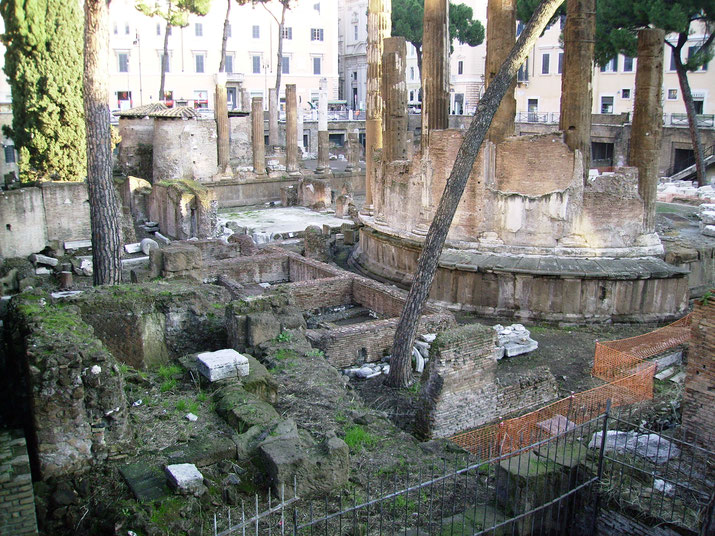
How Flipboard can help bring a world of ancient wonders to classrooms half a world away
Being born and raised in Australia, it was easy for me to feel isolated from the rest of the world, especially as I developed a love of history as a child.
I recall my disappointment when I learnt that the lands of the Romans, Incas and Medieval Europe were on the other side of the world from where I lived and that being able to see them firsthand was not really an option.
Fast forward 20 years and I was elated as I finally got to see the things I had only ever dreamt about: I stood reverentially next to the Theatre of Pompey in Rome where Julius Caesar was murdered, marvelled at the famous trilingual Rosetta Stone behind its glass case in the British Museum in London, and was in awe of an entire Egyptian temple which had been dismantled and reconstructed inside the Metropolitan Museum of Art in New York.

Since I am also a high school history teacher, I wished I could pass my euphoria onto my history students back in Australia.
I would have loved to walk them through the streets of Pompeii, the rock-carved churches of Lalibela, or through the seemingly endless collection of historical treasures of the Louvre.
However, I knew that the tyranny of distance meant that very few of my students would ever be able to share these experiences.
Bring the artifacts to the students
However, I did decide to do the next best thing: I brought the artifacts to my students.
It occurred to me that museums often stage specific exhibitions for the general public: the museum selects artifacts from their collection based upon a particular person, culture or event.
Why couldn’t I do a similar thing for my students: create an exhibition of artifacts based upon what we were studying in class?
Thankfully, we have access to a huge range of artifacts from museums all over the world without ever having to leave our classrooms.
It is common for museums to allow you to view part, if not all, of their vast collections online.
Whilst I have made use of these digitized collections for student research in the past, it only recently occurred to me that I had the potential to create my own museum exhibitions through the use of dedicated Flipboard magazines.
As a trial, I created a Flipboard magazine dedicated to the surviving artifacts of the famous female Egyptian pharaoh, Hatshepsut.
I searched through as many digitized museum collections as I could think of and flipped any artifacts I found into my Flipboard magazine.
I ended up utilizing such geographically diverse sources such as the Vatican Museums in Rome, the Metropolitan Museum of Art in New York and the British Museum in London.
Providing curated collections of artifacts like this opens up a whole new experience for students.
Now, rather than just reading about Hatshepsut in books, they can see the very structures built by her and, in some cases, read (via translations provided by the museums) the very words spoken in the past.
Students have found my trial magazine extremely useful for their own research and have incorporated new artifacts into their assessment pieces.
As a result, student research has become more rigorous and their grades have dramatically improved.
My first magazine was such a success that I have now created more based upon my students’ specific needs.

No limit to your ideas
The opportunities to use Flipboard magazines in this way is potentially endless: whether it is for a particular historical personality, location or event.
You could create a magazine to show the different buildings of Pompeii, the extant armour of Henry VIII, or event show archival footage from the world wars.
Additionally, inviting students to contribute to the collection of artifacts can be a great way to engage them in the subject.
It can be fun for students to seek out new artifacts and add them to the magazine.
The great thing about creating your own personalized museum exhibition through Flipboard is this it is not simply restricted to the subject of history.
It would work equally well for art, geography, civics or technology studies. In fact, we are only limited by our imaginations and by what the museums’ digital collections provide for us.
Whilst nothing can replace the euphoria of seeing artifacts and locations in person, flipping artifacts into digital magazines is a step closer to that reality.
It can overcome the tyranny of distance and bring modern students closer to touching the past.
Note:
This post was originally written as a guest blog entry for the Flipboard social networking site. The original post can be read here:






Write a comment
My. Saoud (Friday, 24 March 2017 06:16)
I lik that
Maha (Saturday, 25 March 2017 07:35)
Like this